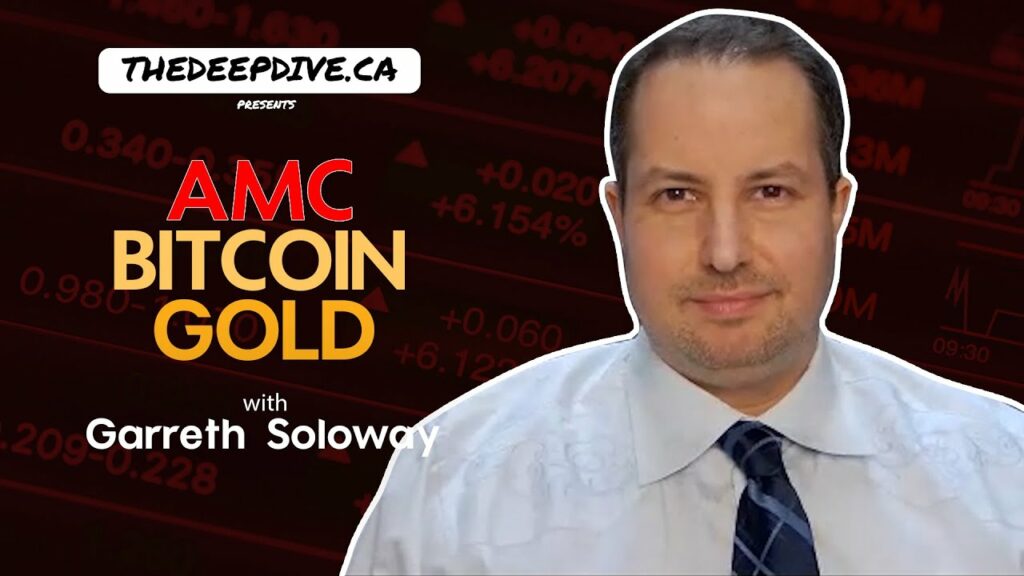Bitcoin is facing a tightening risk backdrop as it wipes out its yearly gains, trades below last year’s close, and becomes increasingly intertwined with fears of a MicroStrategy (NASDAQ: MSTR) margin call, shrinking ETF and treasury demand, and rising short seller interest.
Charts show Bitcoin has fallen back below last year’s closing level as risk appetite fades and previously supportive tech stocks cool, with heavy buyers such as ETF allocators and corporate treasuries stepping to the sidelines and leaving a thinner market behind.
Retail and institutional participants now have to contend not just with spot price volatility but with second order effects from leveraged balance sheets that rode the previous rally.
Commentator Gavin McCracken framed the risk succinctly by highlighting “owning $BTC at $93k” while MicroStrategy chair Michael Saylor sits “11k of price action away from the largest margin call waterfall and liquidation in history.” The remark implies that from the reference level in his comment, an $11k drawdown in Bitcoin would bring MicroStrategy’s margin structure into question and potentially trigger forced selling. That proximity narrows the buffer between normal volatility and a stress event, especially in a market where daily swings of several thousand dollars are not unusual.
Seriously though, owning $BTC at $93k with Saylor being 11k of price action away from the largest margin call waterfall and liquidation in history…
— Gavin (@GavMcCracken) November 16, 2025
That's like being 1 trump truth social post from bankruptcy… You could just buy physical silver anon https://t.co/vewm7SPOlW
He further argued that this setup creates a tempting target for hedge funds that can layer short positions in both Bitcoin and MicroStrategy stock, betting that pressure on one leg helps trigger stress on the other. He described the situation as “close enough that hedgy shorts can pile into this and get a guaranteed profit by triggering it,” underscoring his view that the risk reward skew now favors actors who try to force the issue rather than passive holders.
MicroStrategy’s role in this ecosystem is drawing sharper fire from long time Bitcoin critic Peter Schiff. The analyst claimed that “MSTR’s entire business model is a fraud” and predicted that regardless of what happens to Bitcoin itself, MicroStrategy would “eventually go bankrupt.”
He tied this critique to a public challenge, inviting Saylor to debate him at Binance Blockchain Week in Dubai in early December on the proposition that the company’s model is fundamentally unsound.
MSTR’s entire business model is a fraud. Saylor and I will both be speaking at Binance Blockchain Week in Dubai in early December. I challenge @saylor to debate this proposition with me. Regardless of what happens to Bitcoin, I believe $MSTR will eventually go bankrupt. Let’s go!
— Peter Schiff (@PeterSchiff) November 16, 2025
The broader Bitcoin market is now defined by a narrative that it depends on nonstop inflows, with critics arguing it “needs a constant influx of new buyers” to rise. First Squawk’s note that ETF allocators and corporate treasuries have pulled back is central to this, since those groups drove the earlier rally. Without them, price support shifts to tactical traders and residual retail flow, increasing reliance on momentum and speculative positioning around catalysts such as the rumored MicroStrategy trigger.
McCracken’s remark that investors “could just buy physical silver” reflects a growing hard-asset pivot among skeptics who prefer non-leveraged stores of value that do not rely on margin structures or ETF flows. This aligns with Schiff’s longstanding metal advocacy and highlights the widening divide between investors who see Bitcoin as digital sound money and those who treat it as a high-beta instrument built atop a vulnerable capital stack.
Scrutiny around these fault lines is likely to intensify. For now, Bitcoin has erased its yearly gains, major institutional-style buyers have stepped back, and prominent voices are openly questioning whether the current leverage and funding setup can survive another downturn without triggering a disorderly liquidation cycle.
Information for this story was found via the sources and companies mentioned. The author has no securities or affiliations related to the organizations discussed. Not a recommendation to buy or sell. Always do additional research and consult a professional before purchasing a security. The author holds no licenses.










2 Responses
Scheme….scheme….scheme….that we take any of this seriously and that people get rich on it is abominable. Criminals and drug lords…that we allow it at all.
It doesn’t happen QUITE as often as leap year, but for the past 25 years Mr. Saylor and MicroStrategy/Strategy have wound up on the wrong side of SEC rulings (and coming soon to a courtroom near you a class-action lawsuit) more than I’d care for if I invested in schemes like crypto. At least Mike Milken turned over a new leaf… Maybe M. Saylor needs to do some hard time to do likewise. A boy can dream, can’t he?